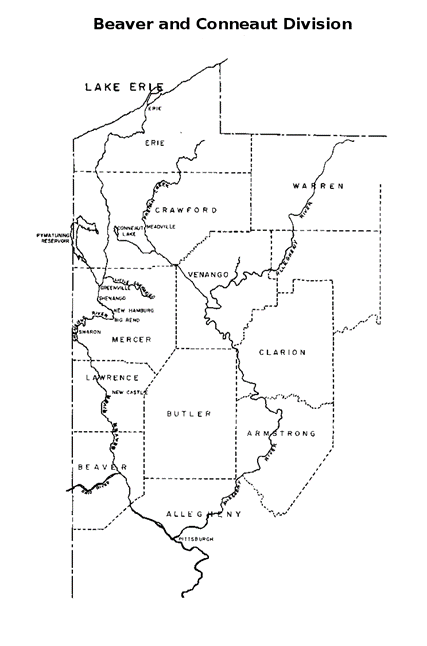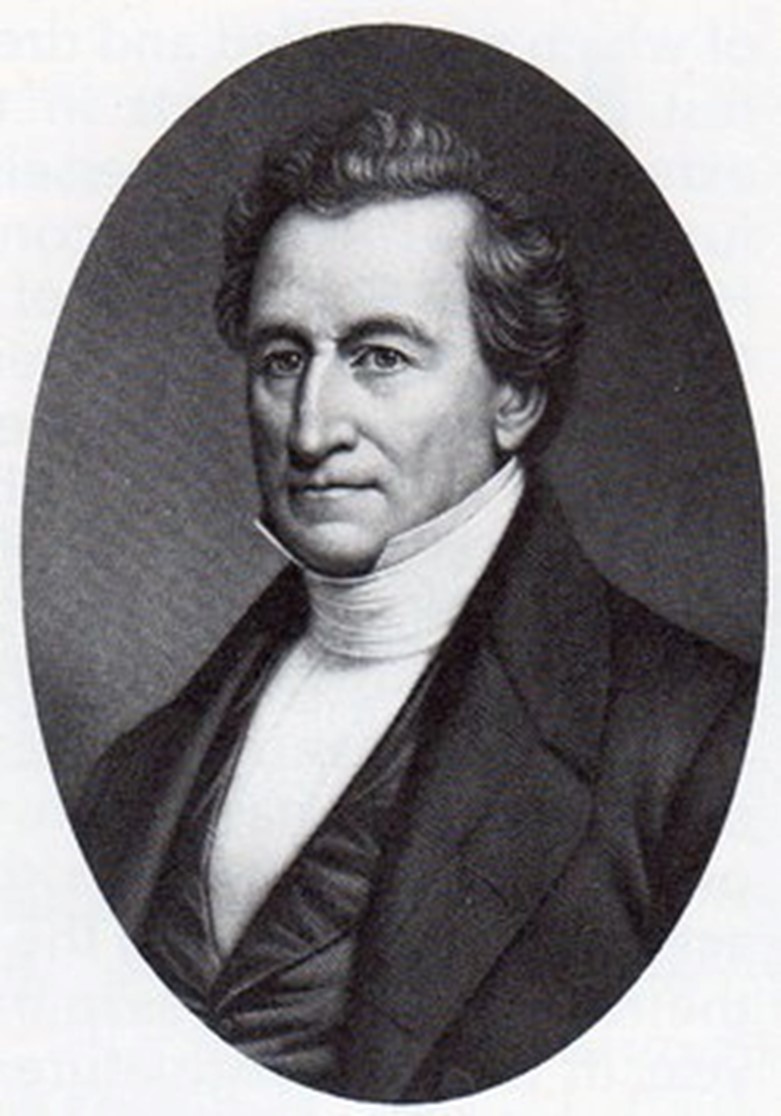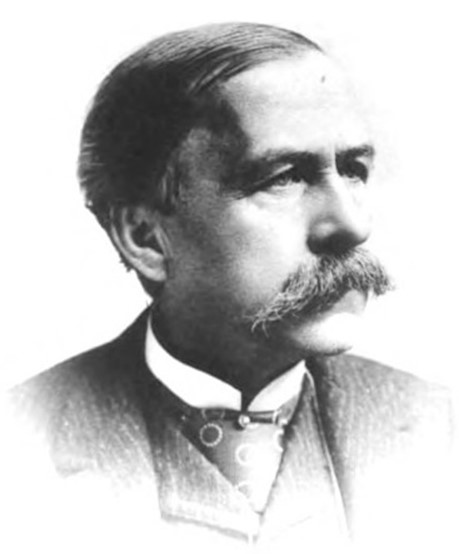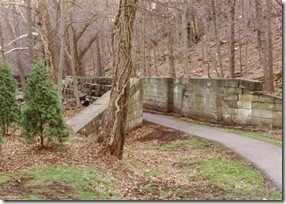The Erie Extension Canal, not to be confused with the Erie Canal in New York state, ran between Presque Isle Bay at Erie, Pennsylvania, and the Ohio River at Beaver, Pennsylvania, northwest of Pittsburgh. The canal thus linked the Great Lakes with the Mississippi River and the Gulf of Mexico to the south. Goods and people could travel by water from Erie to New Orleans.

Beginning in the 1820s, the United States was in the middle of a canal building craze. The historic journey of Lewis and Clark in 1804-1806 wet the appetite for Americans to push westward by water. Not all the rivers and streams flowed where people and goods needed to go. Man-made canals could. The Erie Canal, linking Albany, New York, with Buffalo, New York, opened in 1825 thus linking the Atlantic Ocean with the Great Lakes. In 1826, construction began of the Pennsylvania Mail Line Canal linking Harrisburg on the Susquehanna River with Pittsburgh, paving the way for westward expansion from Philadelphia. The Main Line Canal, of course, faced a major natural obstacle in the Allegheny Mountains, in particular the 2,400-foot-tall Allegheny Front that had to be crossed. A huge engineering feat, the canal opened in 1834.
Three years earlier in 1834, construction began on the Erie Extension Canal’s Beaver Division or the southern part of the canal. Erie businessman Rufus Reed and his son Charles were the prime movers behind the Erie Extension Canal. The Reeds owned a steamship company in Erie and wanted a canal to link the lake to points south so raw materials and finished goods could go by water. The Reeds pushed the Pennsylvania Canal Commission to bring the canal to Erie, not Conneaut, Ohio, or Girard, Pennsylvania, and fought for the construction of a canal Basin in Presque Isle Bay. The Reeds eventually took over the actual ownership of the canal and paid for it themselves.
In 1836, the Beaver Division was completed, and the Shenango Division began construction. In 1838, the Shenango Division was completed, and the last, northern leg of the canal, and they began work on the Conneaut Division to Erie. The Extension Canal was finally completed in 1844.

Rufus Reed had hired Casmir Gzowski as chief engineer of the canal construction. Building a canal required a considerable amount of engineering skill as many locks, 137 to be exact, would be needed to deal with the rise and fall of the elevation along the route. The canal itself was dug by hand, mostly by Irish laborers, many of whom died during the construction.
The other issue facing Charles Reed, Rufus died in 1846, was the rise of railroads in the United States. Charles Reed was quickly becoming a railroad magnate. He brought a young William A. Scott to Erie in 1845. Scott, Reed’s protégée from Reed’s time in Congress, would help Reed’s railroad interests. Scott would later be president of The Pennsylvania Railroad, “The Pennsy,” one of the nation’s most powerful and important.

Charles Reed had already begun to be heavily involved in railroads when his father constructed the Erie Extension canal, and soon, railroads would cause the demise of the canal. Many more passengers and much more cargo could be carried by rail than by canal boats pulled by mules and horses.
The remnants of the Erie Extension Canal can still be seen between Erie and Beaver, Pennsylvania. In many cases, railroads used the old canal towpath as the bed for the track. At Sharpsville, Pennsylvania, lock #10, the only remaining lock, now has a walking trail through it. The workshop on the campus of the Hagen History Center was once a barn housing mules that pulled the canal boats. Visitors can walk through an exhibit dedicated to the Erie Extension Canal, which will open to the public on July 17, 2021.

